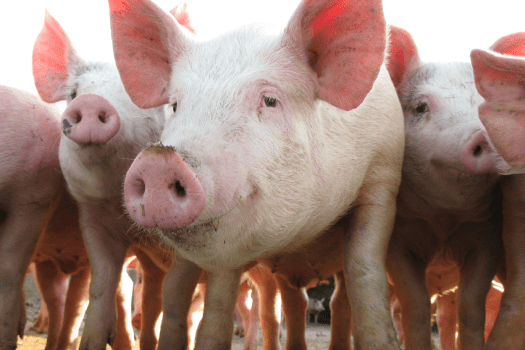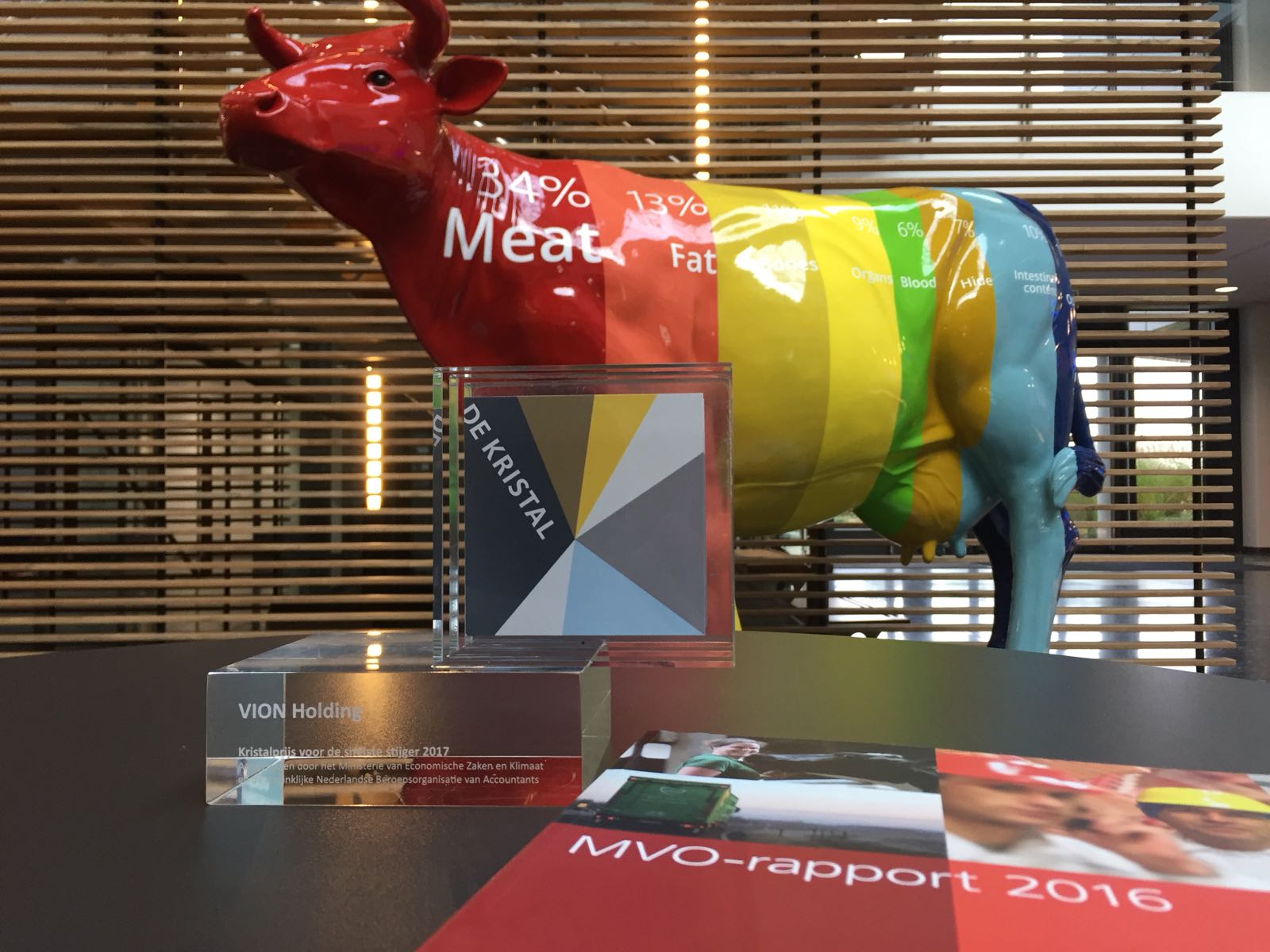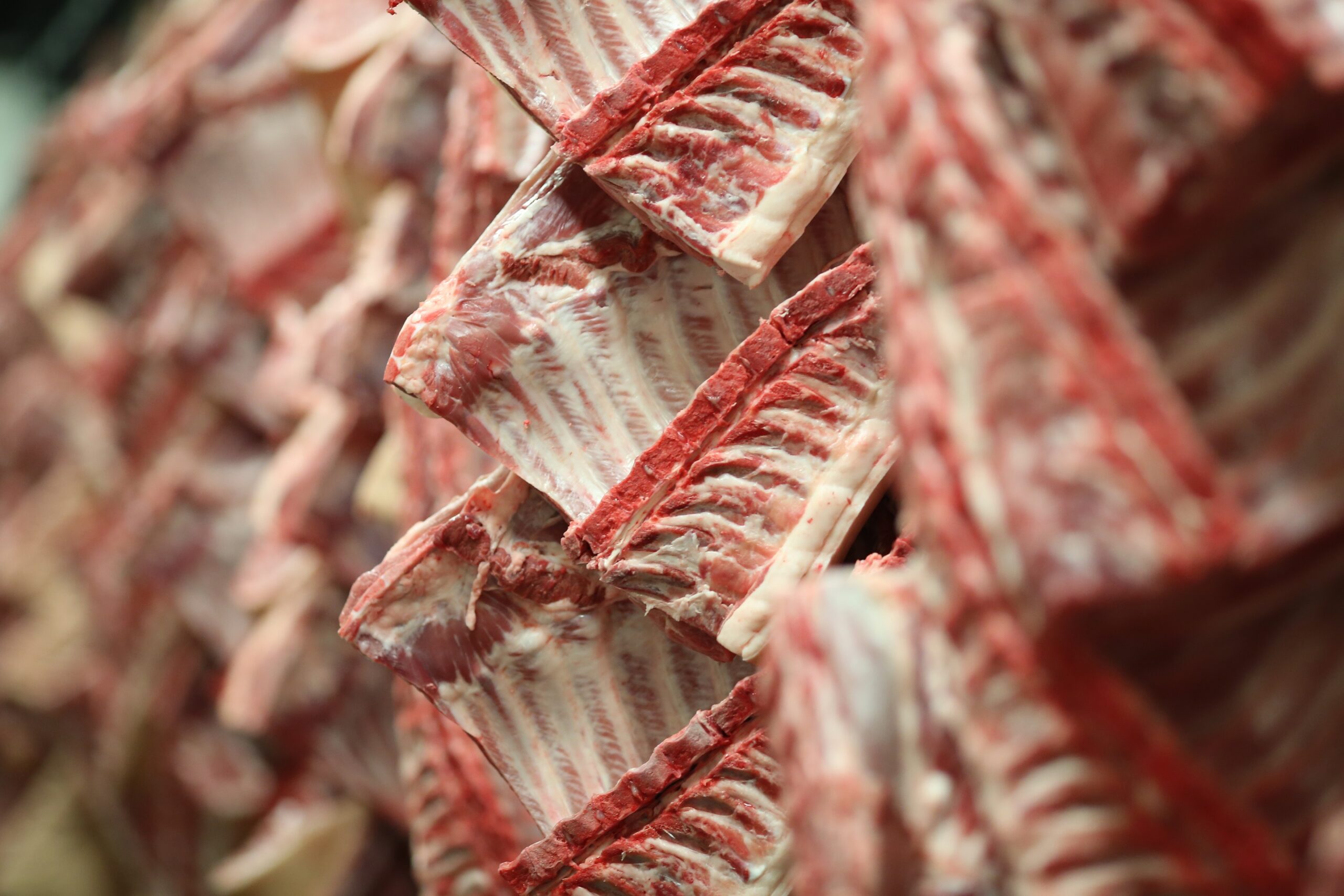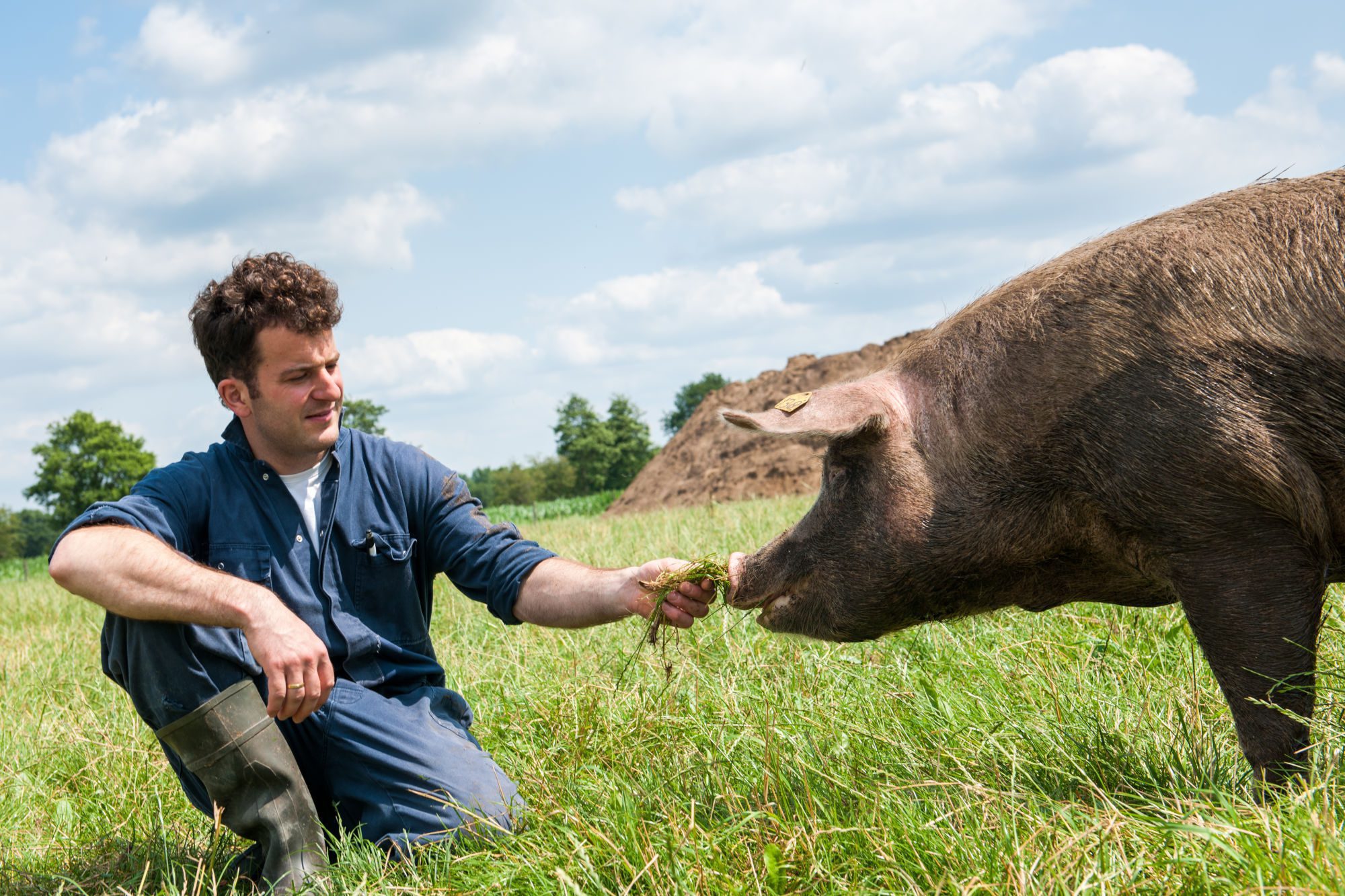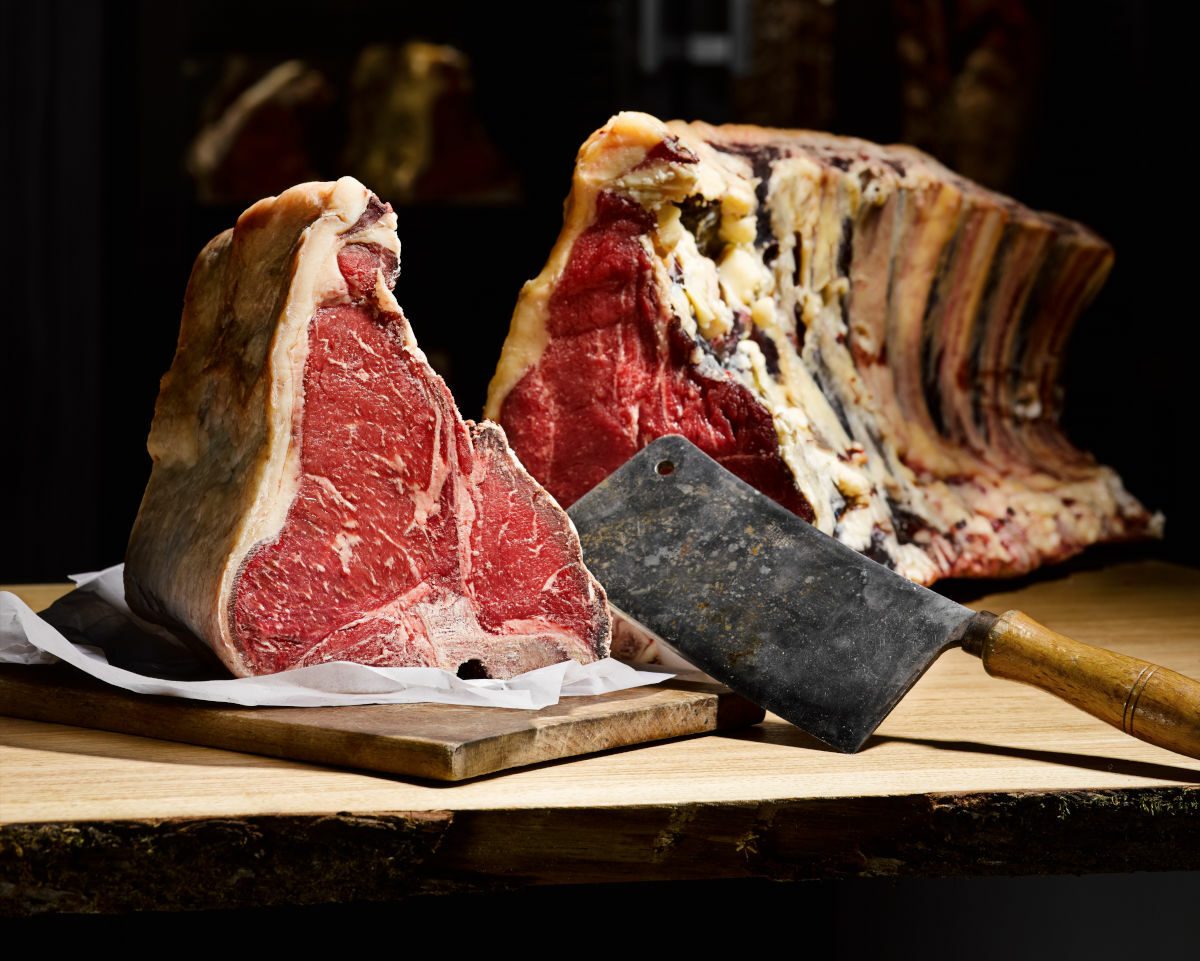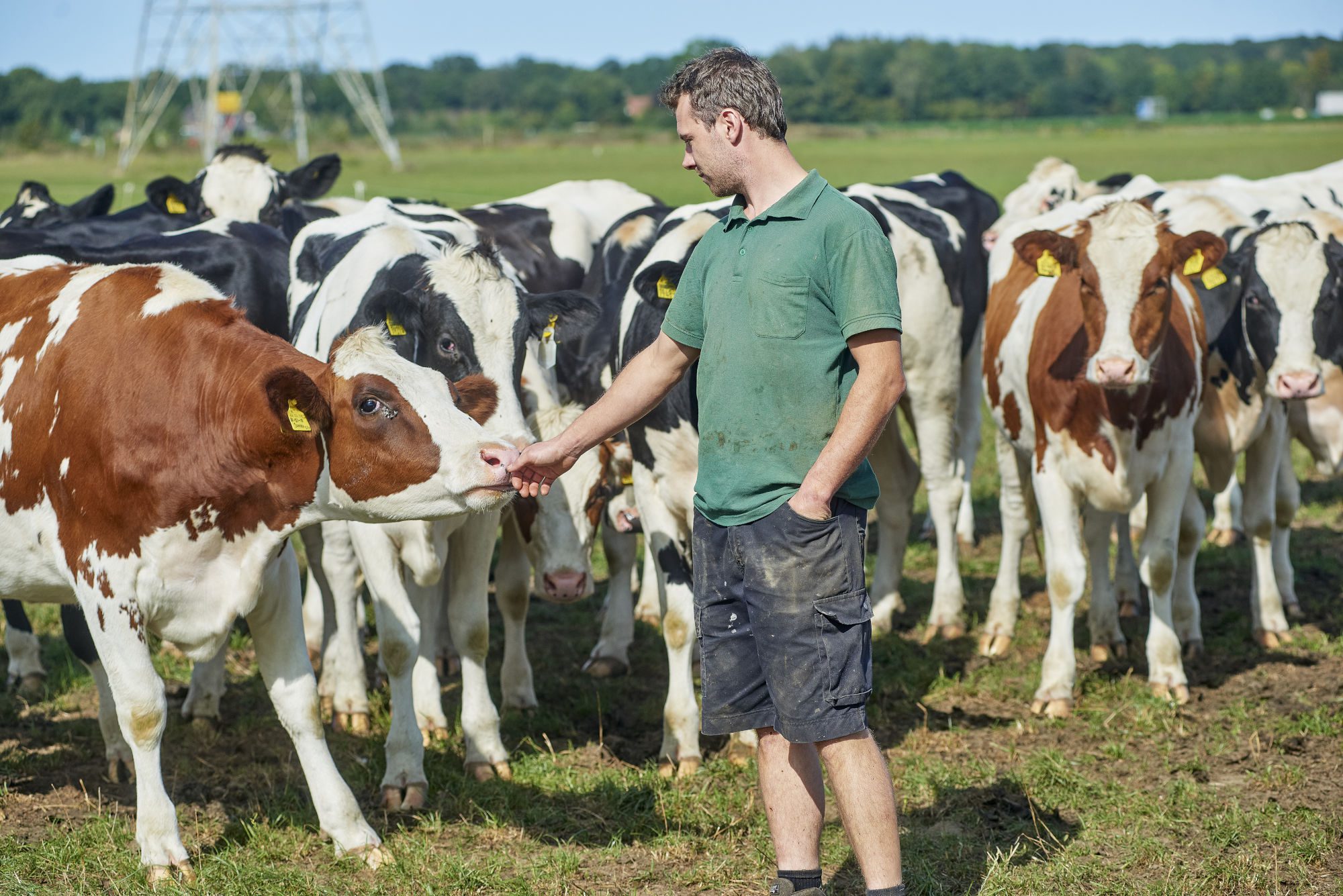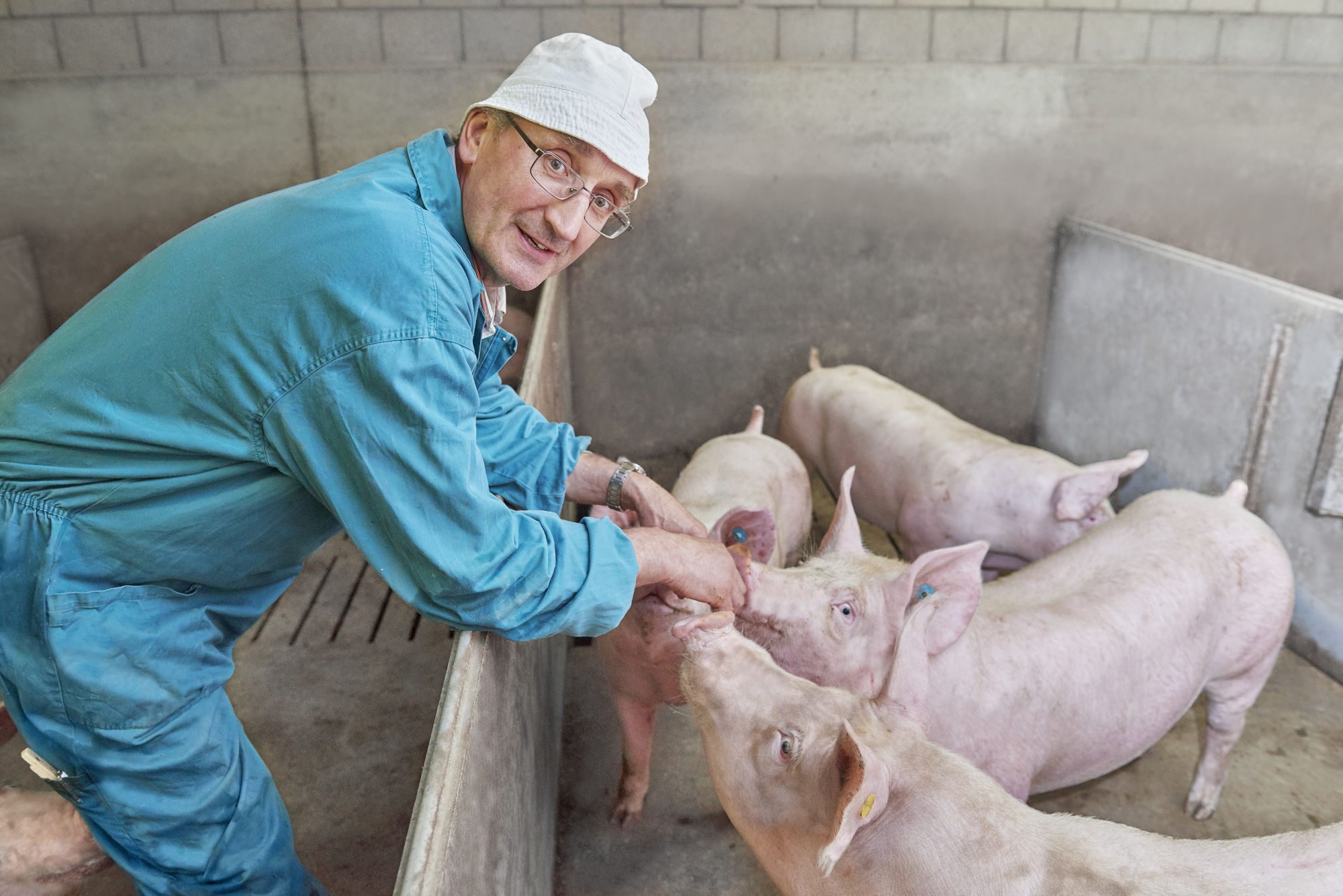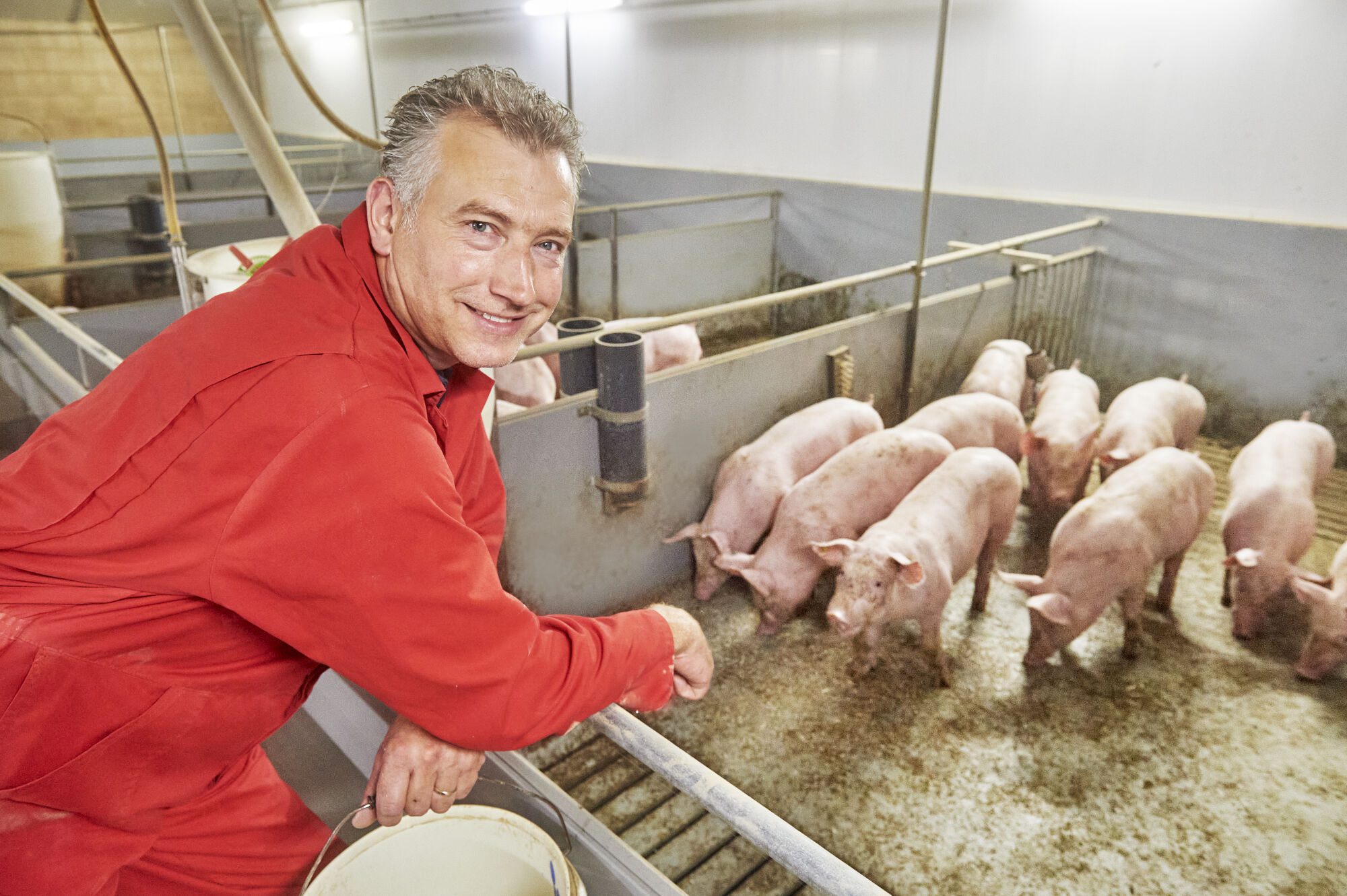The new Vion Consumer Monitor 2023 reveals positive shifts in the perception of meat as an essential food, especially in the age group up to 34. Key trends in the meat industry, including regionality and transparency, continue to be significant. Additionally, high quality and freshness are the most important purchase drivers. Climate protection concerns are now a factor to nearly 40% of consumers. However, aspects such as sustainable production (agreed upon by 65%) and CO2 footprint (agreed upon by 39%) areof varying relevance for consumption.
This year’s edition of the Vion Consumer Monitor shows: The image of meat is slowly recovering. According to the representative consumer survey of Vion Food Group conducted by Consumer Panel Services GfK, 61 percent of respondents agree with the statement “meat is an indispensable component of the diet”. This is a notable increase of 4 percentage points from the specialised inflation survey in autumn 2022 and the first upturn since 2019 (63 percent). A closer look at the socio-demographic data reveals – the renewed increase in agreement with this statement compared to 2022 is particularly pronounced among young families or couples without children, as well as young families with small children. Furhtermore, nearly half of the younger generation, associated with Fridays-for-Future, aknoledge an added value in consuming the protein-rich natural product: 46 percent of those under 34 agree with the statement “meat is healthy”. In the last regular survey, they were 38.2 percent. On average, 53.0 percent support this statement (2022: 51.3 percent). The reputation of animal food seems to be leaving the downward trend.
Regionality and transparency remain, labels loose relevance
The prevailing key trends of regionality and transparency continue to exert their influence: when given the choice, three quarters of the surveyed meat consumers prefer locally sourced meat (compared to 78 percent in 2022) and 60 percent emphasise the importanceof transparent origins (compared to 65 percent in 2022). Animal welfare (64 percent down from 69 percent in 2022) and sustainability (65 percent down from 71 percent in 2022) retain their status as an important purchase factor by more than half of the surveyed meat buyers. Despite these preferences, the importance of certification labels is declining. This year, only 54 percent agreed with the statement that labels providing added value (e.g. regional, non-GMO, organic) are important to them when buying meat. In the previous year, it was still 59 percent. Notably, they still provide orientation for young families/couples without children (62 percent) and younger families with small children (65 percent).
A Yes to sustainability, it’s individual aspects not yet in focus
Sustainability is and remains a big issue when buying meat. However, there are differences in importance between the individual aspects of sustainability. Although more than 65 percent state that they would buy meat from sustainable production if they had the choice, about 60 percent do not need any further information on the CO2 footprint at this stage. However, when it comes to the area of responsibility for the restructuring of the German meat industry, such as measures for more animal welfare, number of animals per farm, etc., the respondents agree with almost 60 percent: this is the task of politics. 43 percent even state that they are aware of concrete political plans, such as those for animal husbandry labelling.
Wanted: Affordable fresh and high quality meat
When it comes to purchasing meat, quality and freshness have to be right. Consumers consider these twin factors most important purchase factors. Subsequently, a favorable balance between cost and value is sought after. A good piece of meat can also be more expensive, as 70 percent of respondents confirm. In the context of inflation and escalating prices, fewer consumers consider meat in supermarkets (29 percent) and discounters (38 percent) to be excessively cheap. This is in contrast to the specific inflation-focused survey conducted last autumn, where figures stood at 31 percent (supermarkets) and 41 percent (discounters) among respondents who acknowledged meat’s underpricing. However, only 8 percent of respondents think that quality standards of large slaughterhouses are higher compared to the smaller facilities.
“We find this assessment to be quite astonishing. Particularly large slaughterhouses are subject to the strictest controls and independent certifications and set quality standards for the entire meat industry. There seems to be a notable requirement for clarification in this regard,” comments Willhelm Habres, Director Sales Trade & Marketing Beef at Vion, who has been responsible for the company’s Vion Consumer Monitor (VCM) for many years.
About Vion Consumer Monitor
Since 2007, Vion hast been collaborating with Consumer Panel Services GfK, to conduct an annual survery with around 4,000 households and cross-referenced the results with actual shopping data to obtain the most accurate and representative information possible on current and relevant topics. The long-term survey also provides comprehensive data on current developments and trends. The recent annual consumer survey took place in March 2023, the last extraordinary consumer survey with over 2,000 households took place in September 2022 and focused on inflation impact. The GfK Consumer Panel is representative of all households across Germany with household heads aged 18 and above. This panal maintains a continuous, electronic record of purchases for private consumption.

